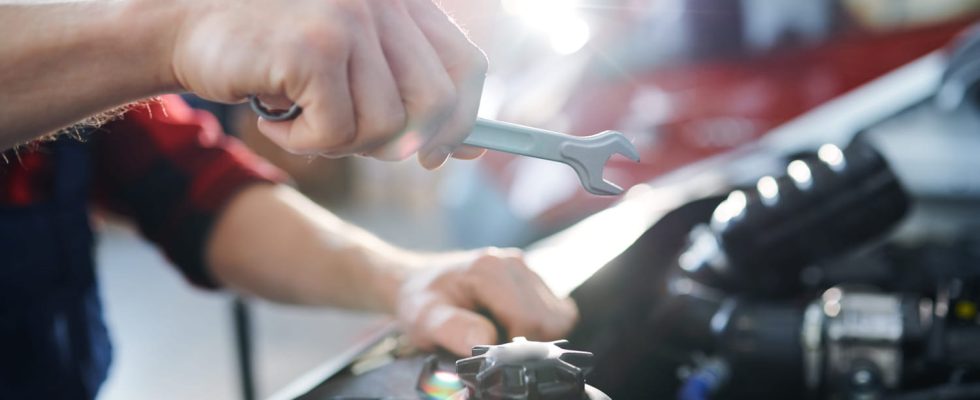Before making a long drive it is always advisable to do a little check-up of your vehicle. Among the revisions to be made, there is one that can save you some money.
Having your vehicle serviced regularly is good. Doing it before each long journey, like before going on vacation, is even better! No need to always drop it in the garage, an annual review is enough, as indicated by most maintenance books. You don’t need to be a mechanical expert either to do a little check-up of the elements to check before hitting the road for several hundred kilometres.
A few minutes are enough to check the correct operation of the lights and indicators, the efficiency of its wiper blades, and to see, after lifting the bonnet, the levels of engine oil, brake and coolant fluid or even that of the windscreen washer. Without forgetting to recharge the air conditioning if necessary so that it effectively cools the passenger compartment of the car, which is essential in periods of high heat.
Once these elements have been checked, your vehicle is almost ready to take the big trip. Almost, because one last precaution is essential to drive in complete safety: checking your tyres. First by taking a quick look at their condition. Each tire has tread wear indicators – small bumps inside the grooves – that measure tread depth. These are used to evacuate the water that accumulates under the tires in the event of wet pavement to avoid aquaplaning for example.
If their depth is less than 1.6 millimeters, then it’s time to buy new tires. Then, it is necessary to check the pressure of each of your wheels. If inflation levels differnt depending on the type of vehicle, a good pressure is generally between 2 and 3 bars. The indications specific to each model are often found inside the fuel filler flap, the door or the glove box.
A significant gap on a summer trip
Having properly inflated tires reduces the risk of blowouts, reduces wear and ensures better road holding. But beyond the safety aspect, a car fitted with tires inflated to the correct pressure also saves money. A study recently relayed by the government under road safety indicates that a pressure difference of 1 bar leads to an increase in fuel consumption of 6%.
With a vehicle whose average consumption would be 8 liters per 100 kilometers on the highway, this would generate an increase of almost half a liter (0.48l) over the distance. On a journey of 800 kilometers, roughly the equivalent of a Paris-Biarritz or a Paris-Marseille, it is therefore nearly 4 liters (3.84l) additional which would be required to complete the route.
On a round trip of this type, the expense would therefore amount to around fifteen euros – the equivalent of 8 liters – given the price of petrol at service stations this summer (always more expensive on motorways !) . A sum that could certainly have been used for something else on your holiday resort…
